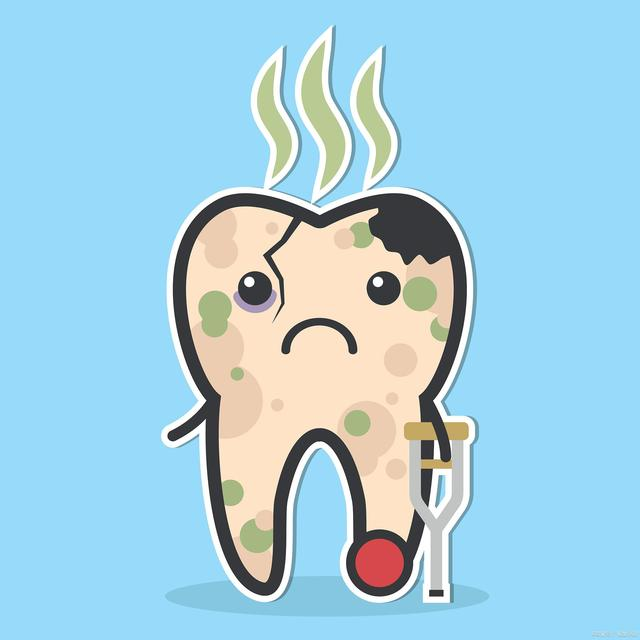Products Info|Things about daily oral care

Things about daily oral care
In daily life, most people do not know enough about oral diseases.
They think that dental diseases are not serious diseases, but just a source of anger, which leads to many oral diseases. Today, let us
learn about the daily care of the oral cavity!

Why are the gaps between teeth getting bigger and bigger?
Why do people brush, floss, and clean their teeth?
Proper teeth cleaning and flossing will not make the gaps between teeth larger. Knowing that you need to wash your teeth and floss
means that you already have a preliminary awareness of oral health care!
So why are the gaps between teeth getting bigger and bigger? Let’s learn more about it with us!
Many people may not know that our mouths are actually “very dirty”.
Scientific research has found that our mouths contain more than 700 species and a total of hundreds of millions of bacteria.
While food is chewed and digested, it also provides a source of life energy for these bacteria.
Among these bacteria, there are probiotics that are beneficial to the human body,
and there are also harmful pathogenic bacteria.
Under normal circumstances, they can live in harmony.
Once we do not pay attention to oral hygiene, these harmful pathogenic bacteria will breed in large numbers and destroy the balance
of the oral environment. ,
leading to tooth decay and gum disease, threatening our health.
A few hours after you clean the tooth surface, the bacteria start to “build a house” in the various pits on the tooth surface with saliva
and other “building materials”.
After the building is completed, they invite “relatives and friends” to join them, and the team gets longer and longer.
It grew stronger and stronger, and finally formed a community gathering.
This community that contains bacteria and the homes that bacteria live in is called plaque.
The sticky stuff on the tooth surface is soft plaque, and there are a lot of bacteria in this soft plaque. oh!
I almost forgot to mention this, dental calculus. The bacteria in the dental plaque think that the original house is old,
so they just pile the new house on top of the old house.
The thicker the pile, the thicker it becomes, forming hard dental calculus. .
To put it more professionally, it is the calcification of layers of dental plaque that forms dental calculus (just like the scale in an iron
teapot when boiling water).
The surface of dental calculus is dental plaque, and its inner surface is porous and contains some toxins that were “pulled” by the
original bacteria when they lived inside.
Plaque uses dental calculus as its base and continues to spread downwards along the roots of the teeth, “eating” the gums and
alveolar bones along the way (in fact, inflammation causes the recession of the gums and alveolar bones).
Once large pieces of dental calculus become By removing it, the “big gap” caused by gum recession will be restored.

